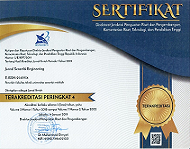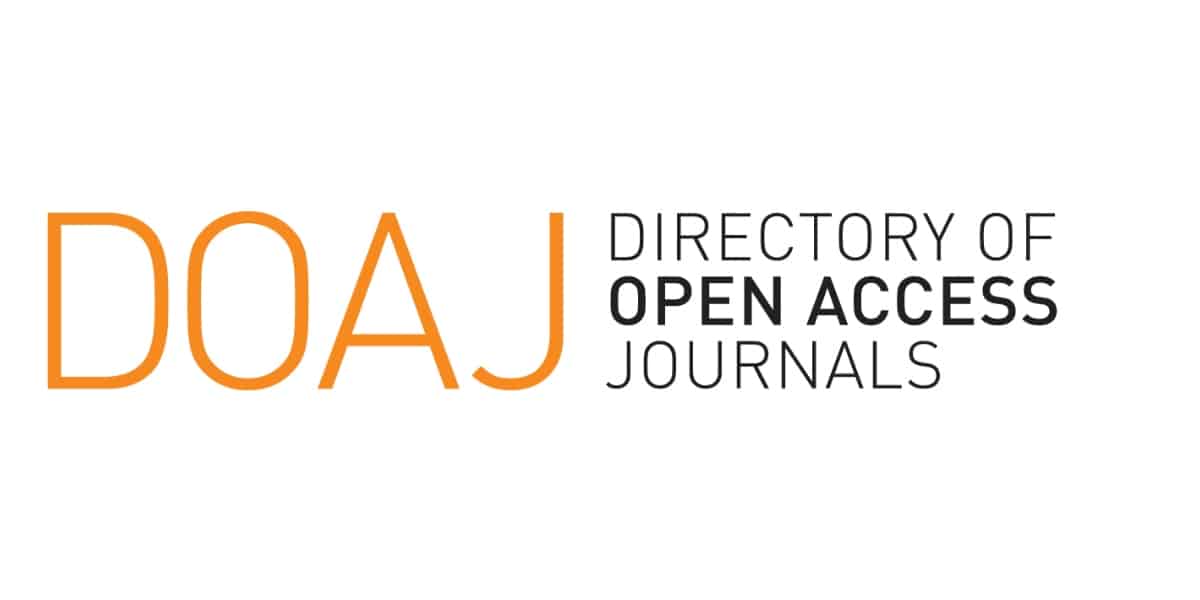Analisis Perbandingan KWH Meter Prabayar dan Pascabayar untuk Meningkatkan Keakuratan Pengukuran Konsumsi Listrik di PT PLN Unit Layanan Pelanggan Kota Langsa
Keywords:
KWH meter prabayar, KWH meter pasca bayar, akurasi pengukuran, konsumsi energi, teknologi meteringAbstract
This study presents a comparative analysis of prepaid and postpaid kilowatt-hour (KWH) meters in improving the accuracy of electricity consumption measurement among customers of the PT PLN Customer Service Unit (ULP) in Langsa City. The study aims to determine whether prepaid KWH meters, which require users to pay for electricity prior to consumption, provide billing and usage monitoring accuracy comparable to traditional postpaid systems, where payments are made after electricity consumption based on meter readings. The methodology used involves a detailed examination of meter readings from two different groups of consumers over a one-month period, coupled with an assessment of the impact of meter type on consumer payment behaviour and incidents of electricity theft. The results indicate significant differences in the accuracy of electricity consumption measurement between the two meter types, with prepaid meters demonstrating a potential for reducing electricity theft and improving consumer energy management through upfront payment mechanisms. In addition, the study examines the technical and psychological factors that influence consumers' energy consumption patterns, highlighting how prepaid meters can encourage more controlled and conscious use of electricity. This analysis provides valuable insights for utilities considering the implementation of prepaid systems to improve billing accuracy, reduce operating costs and promote sustainable energy consumption behaviours among consumers.
References
[1] B. Sawarkar and S. Golait, “A Review Paper on Automatic Meter Reading and Instant Billing,” IJARCCE, pp. 213–217, Jan. 2015, doi: 10.17148/IJARCCE.2015.4146.
[2] “Best practices to ensure accurate billing from meter-read data,” no. May, 2023.
[3] S. B. Nugroho et al., “The Effect of Prepaid Electricity System on Household Energy Consumption - The Case of Bogor, Indonesia,” Procedia Eng., vol. 198, no. October 2018, pp. 642–653, 2017, doi: 10.1016/j.proeng.2017.07.117.
[4] E. Sitompul and K. Syirli, “Prepaid RFID-based Electricity Payment System for Rooming Houses,” J. ELTIKOM, vol. 4, no. 2, pp. 105–120, 2020, doi: 10.31961/eltikom.v4i2.205.
[5] H. Hartawan, S. A Karim, and H. Hasrul, “a Study on the Evaluation of User Satisfaction With Prepaid and Postpaid Electricity Services in Bima City,” J. Electr. Eng. Informatics, vol. 1, no. 1, pp. 1–5, 2023, doi: 10.59562/jeeni.v1i1.423.
[6] E. Ie, A. P. Launuru, J. Tupalessy, and J. T. Elektro, “Analisis Akurasi Kwh Meter Analog Pasca Bayar Dan Kwh Meter Digital Prabayar,” Semin. Nas. Terap. Ris. Inov. Ke-8 ISAS Publ. Ser. Eng. Sci., vol. 8, no. 1, pp. 198–205, 2022.
[7] T. Knayer and N. Kryvinska, “An analysis of smart meter technologies for efficient energy management in households and organizations,” Energy Reports, vol. 8, pp. 4022–4040, Nov. 2022, doi: 10.1016/j.egyr.2022.03.041.
[8] H. Jaya Manda karina, Siti Anisah, “Studi Komparasi Kwh Meter Pascabayar Dengan Kwh Meter Prabayar Tentang Akurasi Pengukuran Terhadap Tarif Listrik Yang Bervariasi”.
[9] Z. Tharo, B. Santri Kusuma, S. Anisah, M. Erpandi Dhalimunte, and Cholish, “Analisis Perbandingan Kinerja Kwh Meter Prabayar Dan Pascabayar,” Konf. Nas. Sos. dan Eng. Politek. Negeri Medan, vol. 2, no. 1, pp. 358–365, 2021.
[10] N. Kambule, K. Yessoufou, N. Nwulu, and C. Mbohwa, “Exploring the driving factors of prepaid electricity meter rejection in the largest township of South Africa,” Energy Policy, vol. In Press, Oct. 2018, doi: 10.1016/j.enpol.2018.09.041.
[11] N. Mohammad, A. Barua, and M. Arafat, A smart prepaid energy metering system to control electricity theft. 2013. doi: 10.1109/ICPEC.2013.6527721.
[12] S. Yoo, J. Eom, and I. Han, “Factors driving consumer involvement in energy consumption and energy-efficient purchasing behavior: Evidence from Korean residential buildings,” Sustain., vol. 12, no. 14, pp. 1–20, 2020, doi: 10.3390/su12145573.
[13] E. Sudarmaji and S. Ambarwati, Do Nudges and Prepaid Electricity Token Lead to Electricity Savings? Analysis of Urban Consumption Behaviour in Indonesia. Atlantis Press International BV, 2023. doi: 10.2991/978-94-6463-144-9_22.
[14] M. AbuBaker, “Data mining applications in understanding electricity consumers’ behavior: A case study of Tulkarm district, Palestine,” Energies, vol. 12, no. 22, 2019, doi: 10.3390/en12224287.
[15] M. D. Wibowo and H. Tasmono, “Analisis Deviasi Kwh Meter Trafo 1 Di Gardu Induk Kalisari,” J. Elsains J. Elektro, vol. 4, no. 1, 2022.
[16] J. Junaidi, “Regresi dengan Microsoft Office Excel,” Fak. Ekon. dan Bisnis Univ. Jambi Page, no. March, pp. 1–12, 2014, doi: 10.13140/RG.2.1.1434.6405.
Downloads
Published
Issue
Section
License
Copyright (c) 2024 Fachrur Rizki, Parlin Siagian, Dicky Lesmana (Author)

This work is licensed under a Creative Commons Attribution 4.0 International License.
















